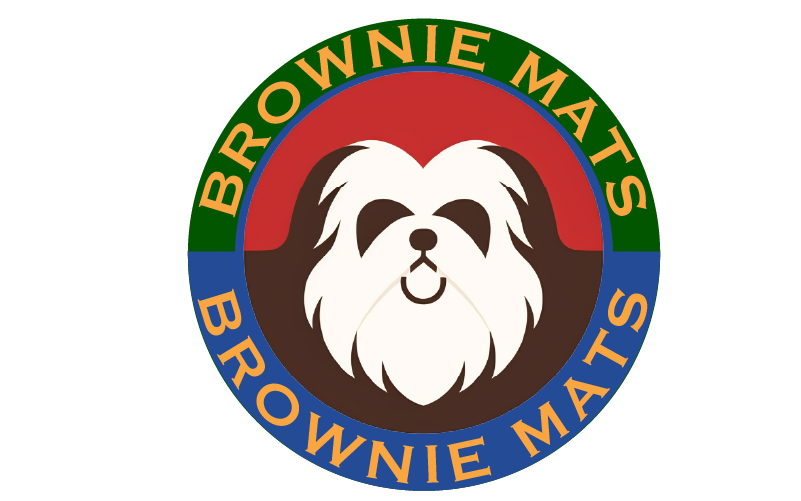Foam rollers have become an essential tool for fitness enthusiasts and athletes alike. Offering a myriad of benefits, foam rolling has emerged as an effective self-myofascial release technique that can improve flexibility, alleviate muscle soreness, and increase blood circulation. By incorporating foam rolling into your fitness routine, you can enhance your overall workout experience and support your body’s recovery process.
The Science Behind Foam Rolling
Foam rolling is a form of self-myofascial release that targets the fascia, which is the connective tissue that surrounds and supports your muscles. When you exercise, the fascia can become tight and develop adhesions, known as knots. Foam rolling can help break up these adhesions, improving the range of motion and decreasing muscle soreness.
By applying pressure to specific points on your body, foam rolling can stimulate the Golgi tendon organ, a sensory receptor responsible for detecting muscle tension. This stimulation leads to muscle relaxation, which in turn helps reduce pain and increase mobility.
Choosing the Right Foam Roller
There are various types of foam rollers available on the market, each designed to cater to specific needs and preferences. Here are some common types to consider:
- Low-density foam rollers: Ideal for beginners, these rollers provide a gentle pressure that’s perfect for easing into foam rolling.
- High-density foam rollers: Suitable for more experienced users, high-density rollers offer firmer pressure for deeper muscle penetration.
- Textured foam rollers: Featuring raised patterns, textured rollers can help target specific trigger points and provide a more intense massage.
Incorporating Foam Rolling into Your Routine
To maximize the benefits of foam rolling, it’s crucial to use proper techniques and incorporate them into your routine consistently. Here are some tips to get started:
- Roll slowly, focusing on areas with increased tightness or pain.
- Apply pressure for 20-30 seconds on each trigger point.
- Avoid rolling over joints or bones.
- Perform foam rolling exercises both before and after your workouts for optimal results.
Conclusion
Foam rolling is a powerful tool that can significantly improve your fitness journey. By incorporating this self-myofascial release technique into your routine, you can enjoy enhanced flexibility, reduced muscle soreness, and increased blood circulation. Start experiencing the benefits of foam rolling by choosing the right roller and incorporating it into your workout regimen today.
FAQs
Q1: Is foam rolling safe for everyone?
While foam rolling is generally safe for most people, consulting with a healthcare professional before starting is essential, especially if you have any pre-existing conditions or injuries.
Q2: How often should I use a foam roller?
Ideally, it would be best to use a foam roller before and after your workouts. Regular use can help prevent muscle tightness and improve your overall performance.
Q3: Can I use a foam roller to relieve back pain?
Foam rolling can help alleviate back pain by releasing tight muscles and improving flexibility. However, it’s important to use proper technique and avoid rolling directly on the spine.

